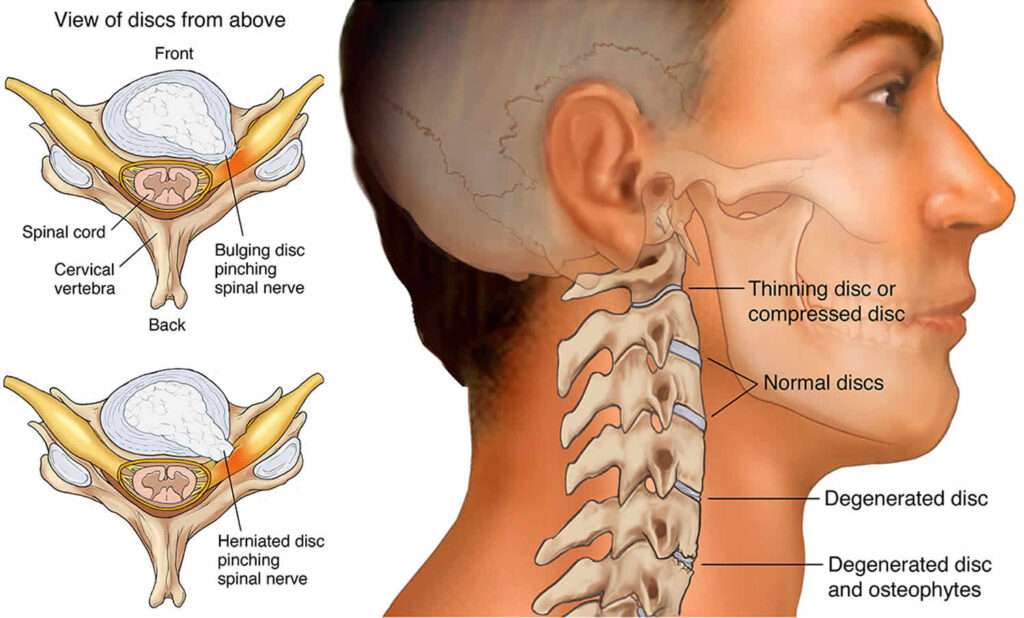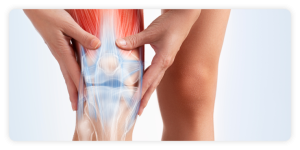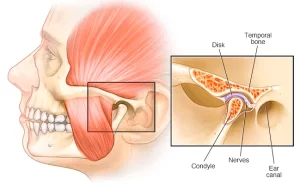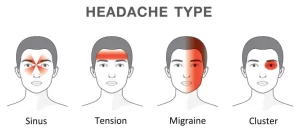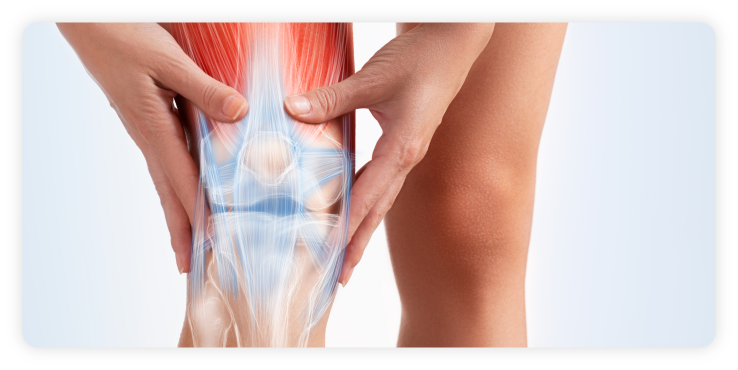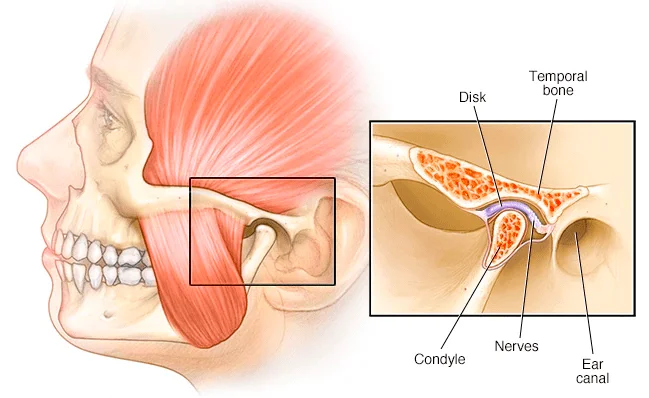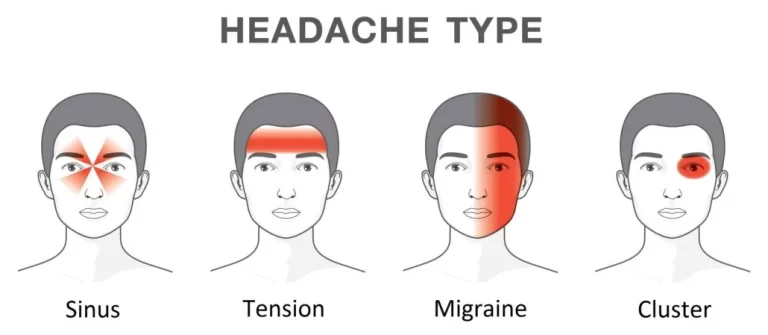What is Neck Neurological Dysfunction?
Neurological Dysfunction such as shooting pain or tingling sensations in the neck is one of the many symptoms of the common condition known as a disc bulge.
The spine consists of vertebrae that have discs in between to act as a shock absorbers, preventing damage to the spinal tissue and bone. They also help to make movement easier. Discs have a hard casing and liquid-like center. Movement or slipping of the disc from its normal positioning results in an outward swelling of the fluid material throughout the weakest point of the shell of the disc. In many cases, the disc balloons in-between spaces in the vertebrae. This process happens over an extended period. The longer that a condition progresses, the worse the symptoms will become. Bulging discs may refer to a protruding disc.
What causes Neck Neurological Dysfunction?
The most common cause of the condition may be due to the natural aging process combined with other risk factors. Discs may become more vulnerable over time. People who have led a sedentary lifestyle or those who smoke increase the chances of bulging discs. Continuous strain on the disc from injury or heavy lifting and strain can wear them down throughout the years. Bad posture including improper body positioning during sleep, sitting, standing, or exercise are all risk factors that may contribute to the development of a bulging disc. Obesity combined with high contact sports or activities is also a risk factor.
If a bulging disc has not yet reached the stage of herniation, one may have little to no pain involved. A bulging disc may have no pain at all because it has not reached a certain severity level, and this can make it difficult to identify the bulging disc symptoms before the condition becomes more severe. Most commonly, bulging discs create pressure points on nearby nerves which create a variety of sensations. Evidence of a bulging disc may range from mild tingling and numbness to moderate or severe pain, depending on the severity. In most cases, when a bulging disc has reached this stage it is near or at herniation. Consulting a chiropractor in Singapore may help identify disc-related issues early and guide appropriate management.
Symptoms of Neck Neurological Dysfunction
Common symptoms include tingling or pain in the fingers, hands, arms, neck, or shoulders. This could indicate a bulging disc in the cervical area. Upper back pain radiating to the stomach or chest may be a symptom of a mid-spine bulging disc. Muscle spasms may also occur with any bulging disc. While some patients may go on for years without disturbing symptoms, others may experience extreme or life-threatening consequences.
Neck Neurological Dysfunction Treatment
Physical therapy plays a primary role in recovery for patients suffering from bulging discs particularly given that surgical intervention is often not opted for. Both passive and active methods of physical therapy can be used to reduce pain and improve mobility. Passive physical therapy techniques for bulging discs usually include manual therapy, heat therapy, Cryotherapy, and electrotherapy. Active treatments include core strengthening exercises, stretching, and exercises to strengthen the neck, back, legs, and arms. Most disc problems improve without surgery and return to normal function. If in doubt, please seek professional advice.
Experiencing Symptoms of Neck-Related Nerve Issues?
If you’re noticing signs such as tingling, numbness, or discomfort that may be linked to disc or nerve issues in the neck, early care can make a difference. Visit our chiropractic clinic in Singapore to explore non-invasive approaches that may support your recovery and spinal health.
Check out our popular articles: Diastasis Recti, Tight Back Muscles, Irritable Bowel Syndrome (IBS), Temporomandibular Joint (TMJ) Dysfunction, Tennis Elbow, Wrist Tendon Injury, Sciatica, Whiplash, Hernia, Herniated Disc (Slipped Disc).
